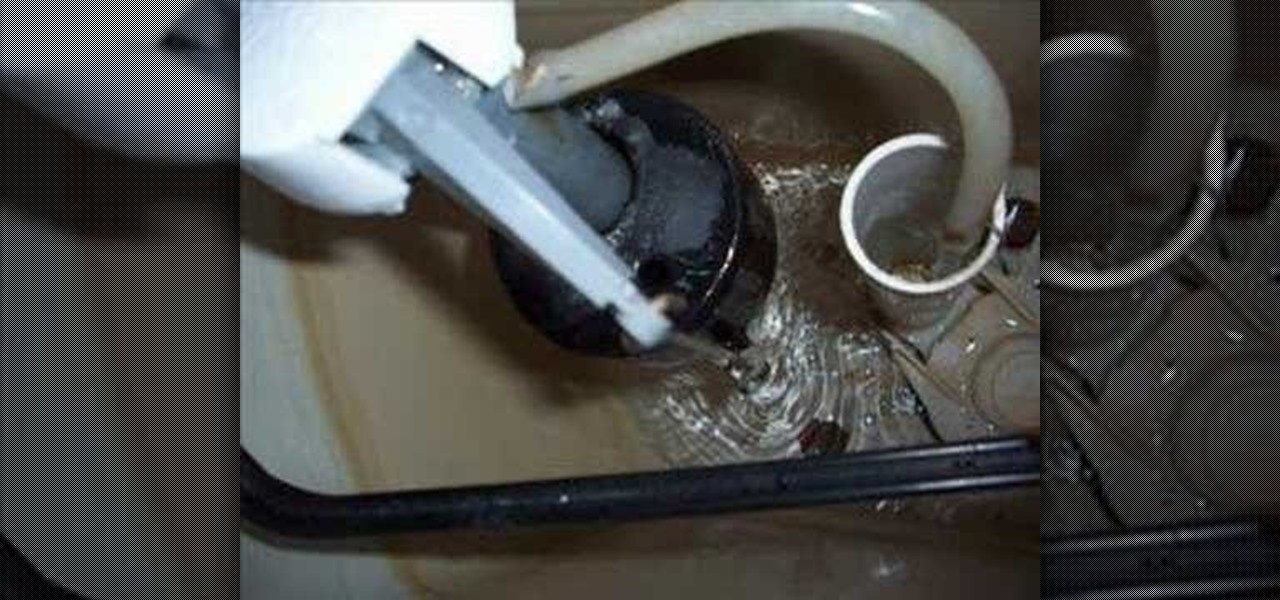Oil Filler Cap Not Sealing Properly
Having a properly sealed oil filler cap is essential for the efficient and smooth performance of your vehicle's engine. If you notice that the oil filler cap is not sealing properly, it is important to address the issue promptly to prevent potential damage to your engine. In this article, we will explore common causes and potential solutions for this problem.
Causes for Oil Filler Cap not Sealing Properly:
1. Worn-out or Damaged Seal: Over time, the rubber seal on the underside of the oil filler cap may deteriorate or become damaged, resulting in an imperfect seal. This allows oil to escape and dirt or debris to enter the engine. Inspect the seal for any cracks, tears, or signs of wear. If necessary, replace the entire cap or just the seal.
2. Incorrect Cap Size: Using an oil filler cap that does not fit correctly on the oil fill neck can cause a poor seal. Double-check if you have the correct cap for your vehicle's make and model. If not, obtain the appropriate cap from an authorized dealer or auto parts store.
3. Misaligned Threads: If the threads on the oil fill neck or the cap itself are damaged or misaligned, it can prevent the cap from locking tightly. Inspect the threads and ensure they are clean, undamaged, and align perfectly. In case of any damage, consult a mechanic to repair or replace the component.
Potential Solutions:
1. Replace the Oil Filler Cap: If the cap's seal is worn or damaged, it is advisable to replace the entire cap. Look for authorized dealers or auto parts stores that offer suitable replacements for your vehicle.
2. Check for Cap Size Compatibility: Ensure the oil filler cap you are using matches the correct size and specifications recommended for your vehicle. Consult the owner's manual or reach out to the vehicle manufacturer if you are uncertain about the cap size.
3. Clean and Align Threads: Thoroughly clean the oil fill neck, as well as the cap threads, to eliminate any dirt, debris, or oil residues that might hinder a proper seal. If the threads are damaged, consider having them repaired or replaced by a professional.
Conclusion:
A properly sealed oil filler cap is crucial to maintain a well-functioning engine. If you notice any signs of a faulty seal, it is important to address the issue promptly. By identifying the cause and implementing the appropriate solution, you can prevent potential engine damage and ensure the longevity of your vehicle.





 154
154